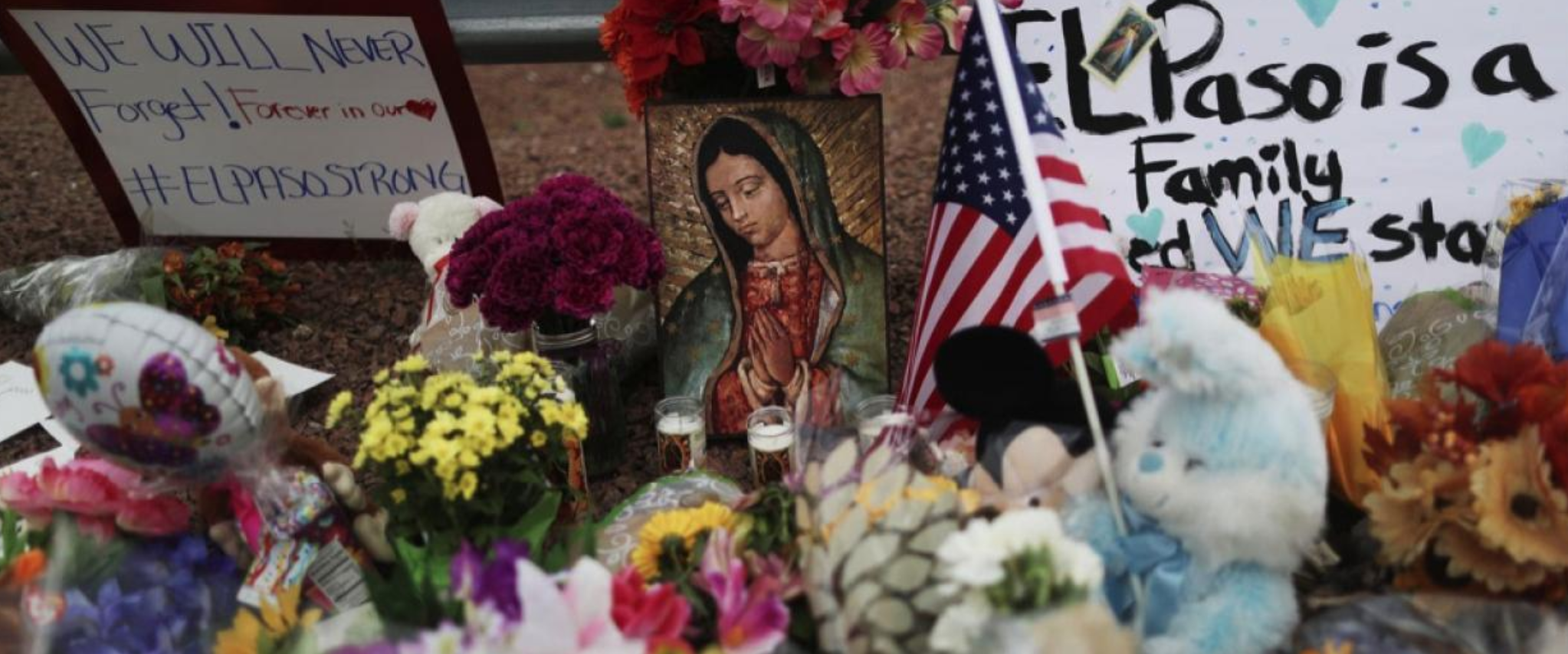Anti-Latino hate is not new

Trump did not invent a so-called migrant invasion, labeling them ass rapists and criminals; instead, he simply harnessed a long-festering plague.
The 21-year-old who murdered 22 people in El Paso added another chapter to the long history of anti-Latino violence in the United States. He pulled the trigger alone, but acted on a foundation of more than a century of blatant racism, dehumanizing political rhetoric and targeted violence towards Latinos in the U.S. Though the president has recently exacerbated this climate, complaining of a so-called invasion and labeling migrants rapists and criminals, he did not invent it; instead, he simply harnessed a long-festering plague.
When it annexed Texas in 1845, the U.S. gained a sizable Latino population. Immediately, views of the racial inferiority of Hispanics took hold.
In 1846, the American writer Rufus Sage wrote abou
Sage was hardly alone in this view. Instead, he reflected prevailing attitudes amongst white Americans at the time. This view of the supposed inferiority of Latinos helped fuel the ideology of Manifest Destiny, which endowed white Americans with a sense of entitlement to the continent and racial superiority over its inhabitants.
At the time, some Americans feared that incorporating Latinos into the country would endanger white supremacy and the racial purity of the nation.
“The greatest misfortunes of Spanish America are to be traced to the fatal error of placing these colored races on an equality with the white race,” said U.S. Sen. John C. Calhoun in 1848. “That error destroyed the social arrangement which formed the basis of society.”
In the early twentieth century, Latinos were excluded from designated ‘white only’ public places. Restaurants hung signs that read “No dogs, negroes, Mexicans.” Politicians in Texas spoke openly about the racial threat that they believed Latinos posed. U.S. Rep. Claude Benton Hudspeth of El Paso even remarked in 1919 that Mexican immigrants came across the border to “murder our wives and children.”
In a manifesto published shortly before the shooting, the El Paso gunman employed language and ideas strikingly similar to Calhoun’s. He, too, complained of an “cultural and ethnic replacement” that would occur as a result of an increasing population of Latinos. And, like Calhoun, he lamented what he perceived to be the potential erosion of white America. Both wrote about their fear that Latinos would gain control of local and state government. To them, whiteness was inherently tied to the country’s promise, and without it, America would cease to be America.
Fueled by this racist logic, white Americans committed heinous acts of violence towards Latinos in the U.S. throughout the 19th and early 20th centuries. Historians believe that mobs murdered over a thousand people of Mexican descent in the U.S. between 1848 and 1928.
Public hangings, lynchings and burnings all claimed the lives of Latinos. Extrajudicial killings were commonplace. Like the El Paso shooter, those who committed lynchings hoped to spur a mass exodus of Latinos from the U.S. That did not happen, and the murders continued.
Until now, perhaps the best-known incident of anti-Mexican violence was the Porvenir Massacre. On a January night in 1918, Texas Rangers shot and killed 15 Mexican men and boys in the Texas town of Porvenir, claiming without any proof that they had engaged in theft.
More than a century later in El Paso, a man used the same racist tropes to massacre more than 20 innocent people. He argued, just as people had done a century prior, that Latinos posed immeasurable danger to the fabric of the nation and that “shameless race mixers” would cause its downfall. This hatred, rhetoric and violence are not new.
We know well the consequences of racist political rhetoric, yet this same discourse is alive and well in the public sphere. Broadcasters gleefully shout it on the air, politicians brandish it to gain new votes and the same communities continue to suffer.
Have we learned nothing in the last hundred years?

